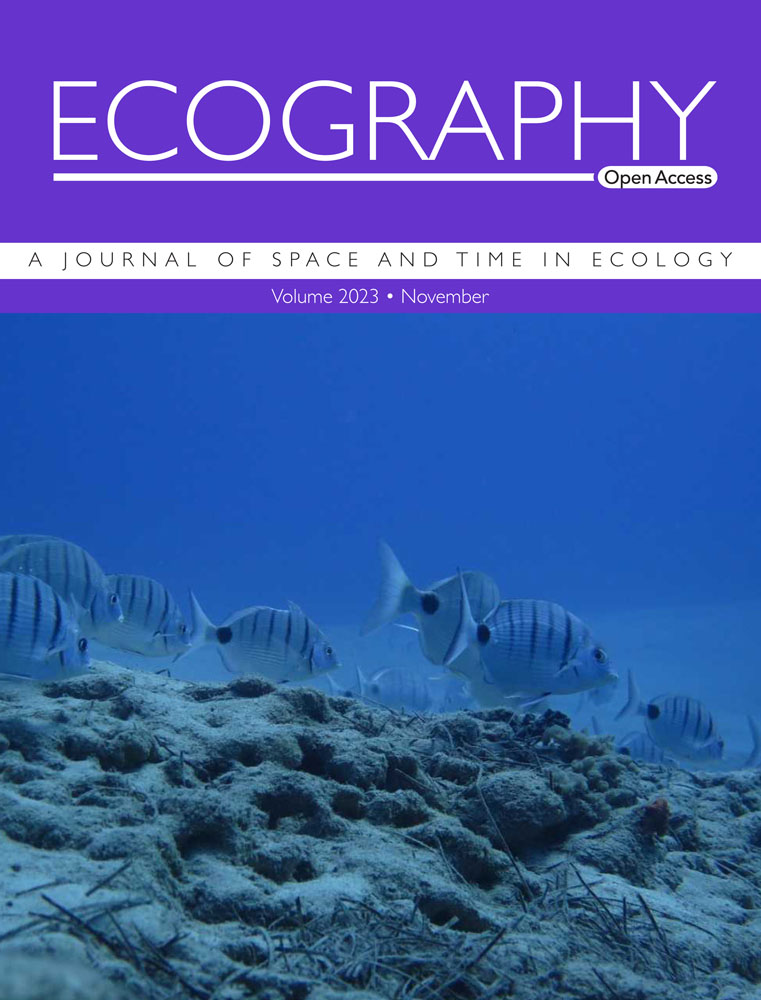Revealing hidden sources of uncertainty in biodiversity trend assessments
IF 5.4
1区 环境科学与生态学
Q1 BIODIVERSITY CONSERVATION
引用次数: 0
Abstract
Idiosyncratic decisions during the biodiversity trend assessment process may limit reproducibility, whilst ‘hidden' uncertainty due to collection bias, taxonomic incompleteness, and variable taxonomic resolution may limit the reliability of reported trends. We model alternative decisions made during assessment of taxon-level abundance and distribution trends using an 18-year time series covering freshwater fish, invertebrates, and primary producers in England. Through three case studies, we test for collection bias and quantify uncertainty stemming from data preparation and model specification decisions, assess the risk of conflating trends for individual species when aggregating data to higher taxonomic ranks, and evaluate the potential uncertainty stemming from taxonomic incompleteness. Choice of optimizer algorithm and data filtering to obtain more complete time series explained 52.5% of the variation in trend estimates, obscuring the signal from taxon-specific trends. The use of penalized iteratively reweighted least squares, a simplified approach to model optimization, was the most important source of uncertainty. Application of increasingly harsh data filters exacerbated collection bias in the modelled dataset. Aggregation to higher taxonomic ranks was a significant source of uncertainty, leading to conflation of trends among protected and invasive species. We also found potential for substantial positive bias in trend estimation across six fish populations which were not consistently recorded in all operational areas. We complement analyses of observational data with in silico experiments in which monitoring and trend assessment processes were simulated to enable comparison of trend estimates with known underlying trends, confirming that collection bias, data filtering and taxonomic incompleteness have significant negative impacts on the accuracy of trend estimates. Identifying and managing uncertainty in biodiversity trend assessment is crucial for informing effective conservation policy and practice. We highlight several serious sources of uncertainty affecting biodiversity trend analyses and present tools to improve the transparency of decisions made during the trend assessment process.求助全文
约1分钟内获得全文
求助全文
来源期刊

Ecography
环境科学-生态学
CiteScore
11.60
自引率
3.40%
发文量
122
审稿时长
8-16 weeks
期刊介绍:
ECOGRAPHY publishes exciting, novel, and important articles that significantly advance understanding of ecological or biodiversity patterns in space or time. Papers focusing on conservation or restoration are welcomed, provided they are anchored in ecological theory and convey a general message that goes beyond a single case study. We encourage papers that seek advancing the field through the development and testing of theory or methodology, or by proposing new tools for analysis or interpretation of ecological phenomena. Manuscripts are expected to address general principles in ecology, though they may do so using a specific model system if they adequately frame the problem relative to a generalized ecological question or problem.
Purely descriptive papers are considered only if breaking new ground and/or describing patterns seldom explored. Studies focused on a single species or single location are generally discouraged unless they make a significant contribution to advancing general theory or understanding of biodiversity patterns and processes. Manuscripts merely confirming or marginally extending results of previous work are unlikely to be considered in Ecography.
Papers are judged by virtue of their originality, appeal to general interest, and their contribution to new developments in studies of spatial and temporal ecological patterns. There are no biases with regard to taxon, biome, or biogeographical area.
 求助内容:
求助内容: 应助结果提醒方式:
应助结果提醒方式:


